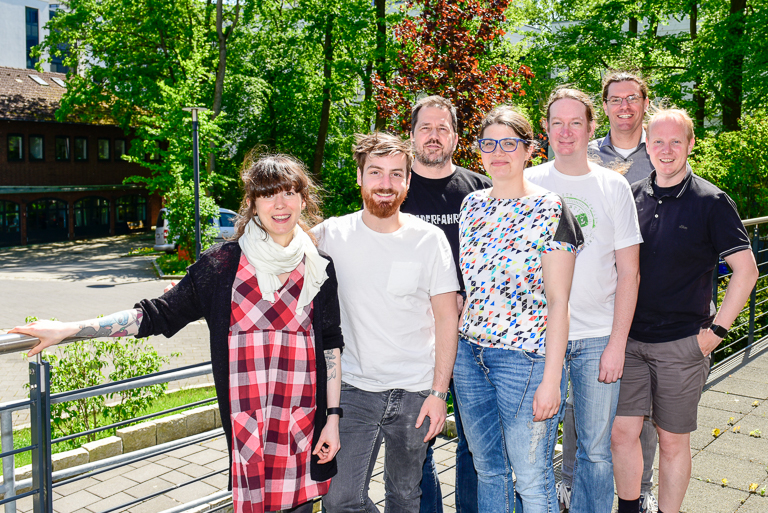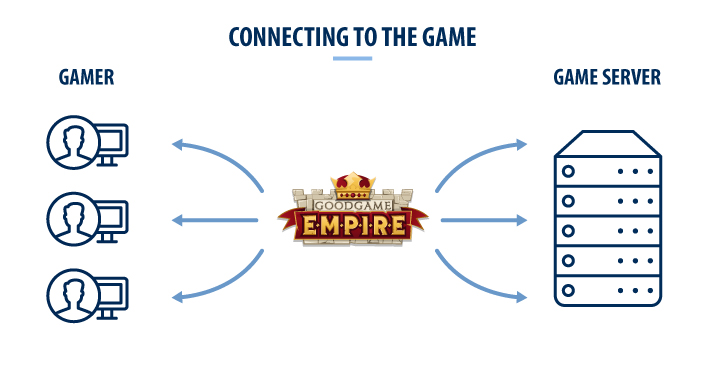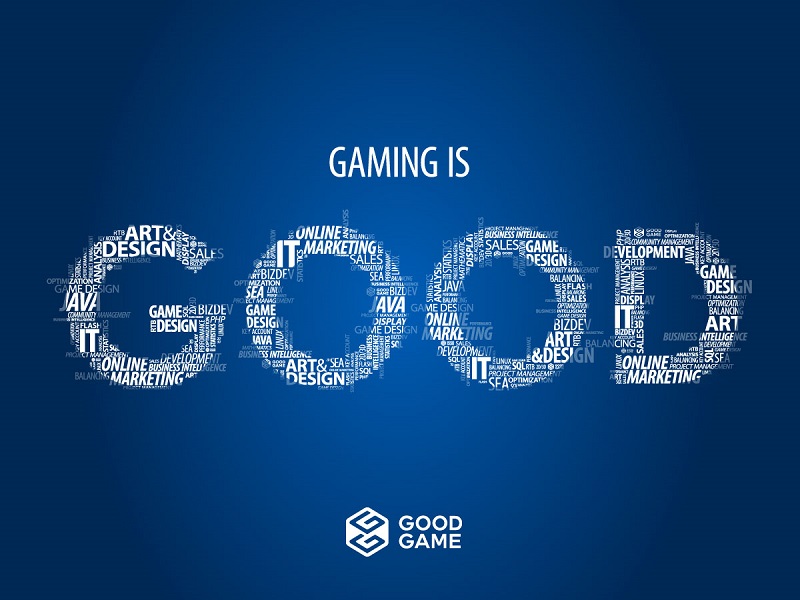
DIY – Develop it yourself | No 2
 In our previous issue of Good DIY Tips, we presented Twine: the perfect tool for creating spellbinding text adventures. This time we’re taking it a step further. The tool’s got to be able to handle it if you want something that’s a bit more visual and heavier on role-playing.
In our previous issue of Good DIY Tips, we presented Twine: the perfect tool for creating spellbinding text adventures. This time we’re taking it a step further. The tool’s got to be able to handle it if you want something that’s a bit more visual and heavier on role-playing.
Do you still have fond memories of the rough-hewn 8/16-bit retro graphics of old NES and SNES classics like Secret of Mana or Chrono Trigger? In that case, your search for the right game development tool has come to an end with the RPG Maker series from ASCII and Enterbrain! As its name implies, the tool is used to produce atmospheric role-playing games, and with a little experimentation you can also add elements of strategic combat.
A number of RPG Maker versions have been released over the years, and each new iteration has brought users an ever-growing selection of options and bug fixes. Most versions come with a tile-based map editor, a database editor for changing the values of all game objects, and a simplified script language for designing events. You can use the latter to create automatic sequences like cut scenes, teleportation effects, and plausible dialogue with multiple answers. All versions offer a basic pack with graphics, compositions, and further content. Additionally, most versions enable you to add your own creations to the content.
Versions 95, 2000, and 2003 don’t require any programming skills at all, yet still permit you to make in-depth changes to your game, for instance by providing drop-down menus and buttons that do the programming for you. From RPG Maker XP on, you can make changes directly to the ready-made game system with the RUBY programming language specialized for games. You can get some RPG Maker versions in English on Steam. Prices range from €20 for RPG Maker 2003 to €74 for RPG Maker MV.
Critically acclaimed and loved by gamers, the narrative role-playing game To the Moon was developed with RPG Maker XP. Positive reviews are well above 95 percent, which tells you all you need to know! Will you accept the challenge?

 Today we’re going to take you behind the scenes of how we develop games at Goodgame Studios! We will follow our colleague Janin through her day as a junior product manager. Janin has been a part of the Legends of Honor team since February 2015. As a product manager, PM for short, she and four other colleagues are responsible for the production teams that work on the game and decide the game’s general strategic direction. One of the core duties of our PMs is to optimize players’ game experience while always taking into consideration the value of the product. “Each day is different from the last, and there are always new challenges to overcome with the team, like when the community expects a new feature that we’d like to get to our users as quickly as possible. But this makes the job very interesting as well,” Janin told us. For this blog, we took a few peeks over Janin’s shoulder as she went through a typical workday.
Today we’re going to take you behind the scenes of how we develop games at Goodgame Studios! We will follow our colleague Janin through her day as a junior product manager. Janin has been a part of the Legends of Honor team since February 2015. As a product manager, PM for short, she and four other colleagues are responsible for the production teams that work on the game and decide the game’s general strategic direction. One of the core duties of our PMs is to optimize players’ game experience while always taking into consideration the value of the product. “Each day is different from the last, and there are always new challenges to overcome with the team, like when the community expects a new feature that we’d like to get to our users as quickly as possible. But this makes the job very interesting as well,” Janin told us. For this blog, we took a few peeks over Janin’s shoulder as she went through a typical workday.





